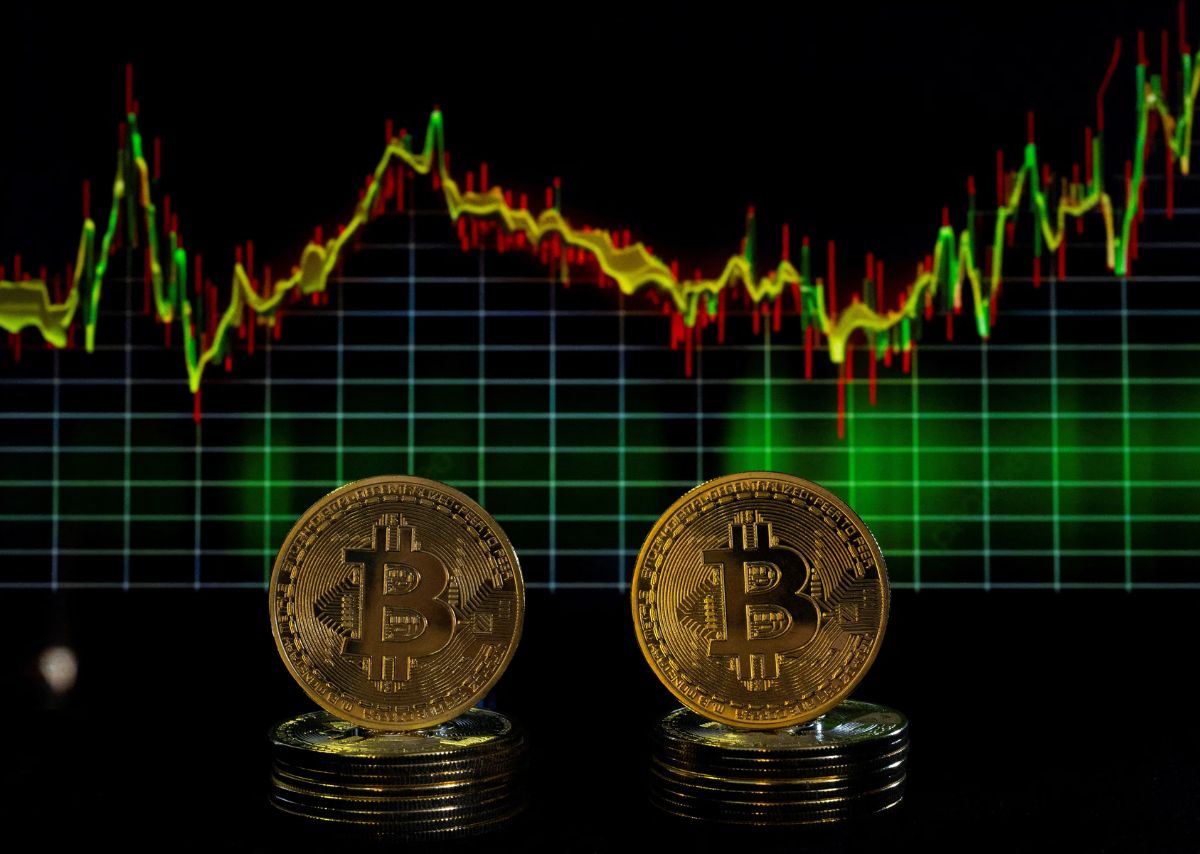The global financial landscape faces a curious paradox. The world money supply has swelled to $108.2 trillion, yet Bitcoin remains stubbornly range-bound around $82,300, down nearly 25% from January peaks. This disconnect between liquidity and cryptocurrency performance has investors wondering why Bitcoin isn’t soaring.
Market Turbulence and Fed Uncertainty
Financial markets have entered heightened volatility even after Federal Reserve decisions. Major indexes have struggled, with the S&P 500 dropping over 8% from February highs. The Nasdaq suffered its worst trading day since 2022 on March 10.
The Federal Reserve’s meeting has intensified market anxiety. Even though rates have stayed at 4.25-4.5%, and a potential cut in June. President Trump’s tariff policies and expected federal layoffs have further complicated the economic outlook. Furthermore. Investors are struggling to navigate shifting policies while determining their cryptocurrency positions.
The Mystery of Rising Liquidity
Global M2 money supply reached an unprecedented $108.2 trillion on March 10, a 3.5% increase from January’s low. Normally, such liquidity growth sends risk assets soaring, but Bitcoin hasn’t followed this pattern.
Historical data confirms Bitcoin’s strong correlation with M2 growth. The cryptocurrency’s major bull runs have consistently followed periods of rapid liquidity expansion. However, Bitcoin doesn’t immediately respond to liquidity changes. Research indicates an average lag of approximately 10 weeks before Bitcoin fully reflects M2 growth shifts.
Furthermore, Bitcoin reacts more strongly to acceleration in M2 growth rather than steady expansion. This suggests the current sideways movement might be temporary.
Quantitative Tightening Coming to an End
The Federal Reserve’s quantitative tightening program may soon conclude after running since June 2022. Market participants on Polymarket give 100% probability that the Fed will stop QT by April 30.
Unlike quantitative easing, which injects money into the system, QT removes liquidity by allowing assets to mature, which automatically gets removed from the Fed’s balance sheet. This policy has helped fight inflation but created liquidity constraints affecting markets.
Several policymakers support slowing or pausing QT due to debt ceiling uncertainties and evolving money market conditions. When the Fed stops shrinking its balance sheet, more liquidity might flow toward risky assets, potentially benefiting cryptocurrencies.
Institutional Factors Creating Headwinds
Despite record M2 levels, on-chain indicators suggest Bitcoin faces short-term challenges. CryptoQuant CEO Ki Young Ju warns that “every on-chain metric signals a bear market,” pointing to drying liquidity and whales selling at lower prices.
Key metrics collectively suggest Bitcoin might enter a 6-12 month consolidation phase similar to previous post-bull run periods. This pattern mirrors prior cycles where months passed before liquidity expansions translated into price increases.
The U.S. recently adopted a Bitcoin Strategic Reserve, marking a significant shift in government perspective. However, global financial institutions have responded negatively. The IMF and credit rating agencies have begun lowering the U.S. credit rating, citing Bitcoin’s “destabilising influence.”
Market Sentiment Improves Despite Challenges
Recent data shows improving market sentiment. The Crypto Fear and Greed Index jumped 17 points to 49 on March 20, moving from “Fear” to “Neutral” territory.
Sentiment improved after the Federal Reserve maintained interest rates on March 19. Following the announcement, major stock indexes closed over 1% higher. Bitcoin rose 3% to $85,786, briefly touching $87,431, its highest level since early March.
Now Bitcoin ETFs have reversed their five-week withdrawal trend, recording weekly inflows of $483 million. This development, coupled with the upcoming launch of Solana ETFs, indicates growing institutional interest.
What Comes Next for Bitcoin?
Bitcoin’s situation presents a complex puzzle. Record global liquidity should drive prices higher, yet various factors create counterbalancing pressures. The cryptocurrency might be experiencing a typical lag period before responding to liquidity changes.
Investors should remain cautious about near-term volatility while monitoring liquidity trends and government actions. Bitcoin’s movement in the coming months may require patience before the next major price action develops.
For now, the $108 trillion liquidity surge hasn’t launched Bitcoin to new heights. Nevertheless, historical patterns suggest this disconnect might be temporary rather than permanent.
Written By Fazal Ul Vahab C H



